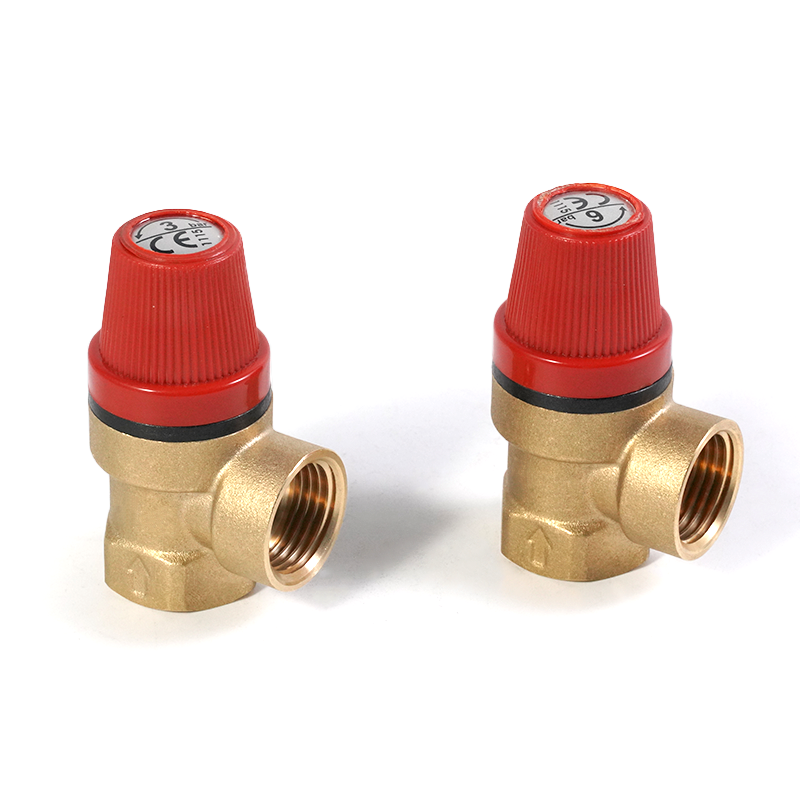Imagine your hydraulic system failing because of uncontrolled pressure—equipment breaks, projects stall, and repair costs pile up fast. These headaches can cripple your operations and hurt your bottom line. The good news? A hydraulic pressure relief valve can save the day by managing pressure and protecting your system. Read on to learn how these valves work and why they’re a game-changer for your business.
A hydraulic pressure relief valve is a safety device that protects hydraulic systems by releasing excess pressure. When pressure exceeds safe levels, the valve opens, diverting fluid to prevent damage. Found in systems like construction equipment or industrial machinery, it ensures smooth operation and equipment longevity.
This article dives deeper into how these valves function, how to maintain them, and why they’re critical for your hydraulic systems. Stick around to discover practical tips and insights for your business.

How to Clean a Hydraulic Pressure Relief Valve?
Keeping your hydraulic pressure relief valve clean is crucial for smooth operation. A dirty valve can stick, causing pressure spikes or system failures. Start by shutting down the system and relieving all pressure to ensure safety. Remove the valve carefully, following the manufacturer’s guidelines, and inspect it for debris or buildup. Use a soft brush and a mild, non-corrosive cleaning solution to scrub away dirt or grime. Avoid harsh chemicals that could damage the valve’s seals or components. For stubborn deposits, soak the valve in a cleaning solution for a few minutes before brushing.
Rinse thoroughly with clean water and dry with a lint-free cloth to prevent corrosion. Check the valve’s O-rings and seals for wear—replace them if needed. Reassemble the valve, ensuring proper alignment, and test it after reinstallation to confirm it functions correctly. Regular cleaning extends the valve’s life and maintains system efficiency. For businesses relying on hydraulic systems, like construction or plumbing wholesalers, a clean valve means fewer downtime headaches and happier clients.
How Does a Hydraulic Pressure Relief Valve Work?
A hydraulic pressure relief valve acts like a safety net for your system. It monitors pressure levels and steps in when things get too intense. The valve stays closed during normal operation, allowing fluid to flow through the system. But if pressure spikes beyond a set limit—say, due to a blockage or pump issue—the valve springs into action. It opens to release excess fluid, often directing it back to the reservoir or a bypass line, which lowers the pressure.
The hydraulic pressure relief valve adjustment is key here. You can tweak the valve’s spring tension to set the exact pressure threshold, ensuring it matches your system’s needs. Different hydraulic pressure relief valve types, like direct-acting or pilot-operated, offer varying levels of precision. For example, direct-acting valves are simple and fast, while pilot-operated ones handle higher pressures. Understanding the hydraulic pressure relief valve diagram helps visualize this process, showing how fluid flows when the valve activates. This protection keeps your equipment safe and your operations running smoothly.
What is the Working Principle of a Hydraulic Valve?
The working principle of a hydraulic valve, especially a pressure relief valve, is all about balance and control. The valve uses a spring-loaded mechanism to regulate pressure. Inside, a spring holds a piston or poppet against a seat, keeping the valve closed under normal conditions. As fluid pressure builds, it pushes against the piston. If the pressure exceeds the spring’s force, the piston moves, opening the valve and releasing fluid to reduce pressure.
This process is shown in a pressure relief valve circuit diagram, where the valve is positioned to divert excess flow. The hydraulic pressure relief valve symbol in schematics—a zigzag line with an arrow—indicates its role in pressure regulation. The function of a pressure reducing valve in a hydraulic system is similar but focuses on maintaining consistent downstream pressure. For businesses like building materials wholesalers or construction procurement, understanding this principle ensures you choose the right valve, like IVALVECRAFT’s brass safety valves, for reliable performance and system protection.
Summary
Hydraulic pressure relief valves are essential for keeping your systems safe and efficient. They prevent damage by releasing excess pressure, and regular maintenance like cleaning ensures they work flawlessly. Understanding how they function and their working principles helps you make smart choices for your equipment. Whether you’re a plumbing wholesaler or a construction project manager, these valves are your system’s best friend. For high-quality solutions, trust IVALVECRAFT’s range of pressure relief and brass safety valves, designed for durability and performance. Choose IVALVECRAFT, choose reliable partner, enjoy the high quality and best service.


